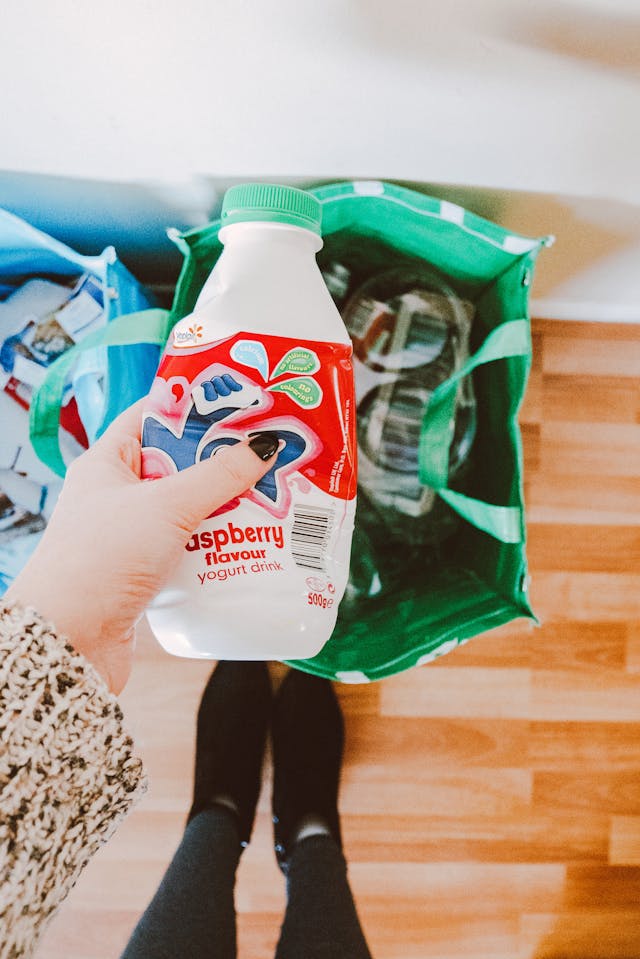
The Power of the Three Rs – Reduce, Reuse, Recycle
In an era defined by consumerism and the shadow of environmental degradation, the mantra “Reduce, Reuse, Recycle” emerges not just as a set of actions but as a philosophy for a sustainable future. This principle, rooted in simplicity, encourages a mindful approach to our consumption patterns.
It advocates for a lifestyle that harmonizes with our planet’s limits. By delving deeper into each of these components, we can understand their profound impact on environmental conservation and explore practical ways to reduce, reuse, and recycle in our daily lives. Stay tuned to learn more about the topic.
The Imperative to Reduce: The Foundation of Sustainability
The concept of reduction lies at the core of environmental stewardship. It challenges the “more is better” mindset, urging individuals and societies to reconsider their consumption habits. Reducing encompasses several dimensions – energy consumption, water usage, waste generation, and the proliferation of pollutants.
It’s about making conscious choices – opting for energy-efficient appliances, reducing water wastage, choosing digital over paper, and minimizing reliance on fossil fuels. At the heart of reduction is also the idea of sustainable consumption—prioritizing products that offer longevity over disposability, thus reducing the need for frequent replacements.
It means embracing products made from sustainable materials, supporting local and ethical brands, and being wary of fast fashion and planned obsolescence. By prioritizing reduction, we not only diminish our environmental footprint but also foster a market for sustainable goods, compelling industries to rethink their production practices.
Reuse: Cultivating a Cycle of Continuity
This part of the reuse, reduce, and recycle concept is an act of creativity and resistance against the throwaway culture. It invites us to see the potential in items that have outlived their initial purpose. From fashion to technology, embracing second-hand markets and upcycling projects not only conserves resources but also sparks innovation.
It encourages a departure from the linear model of “take-make-dispose” to a more circular approach, where goods are designed to have multiple life cycles. Communities around the world are adopting ways to reuse with initiatives like tool libraries, where individuals can borrow tools instead of purchasing them, and repair cafes, which bring people together to repair items rather than discard them.
These reduce, reuse, recycle activities not only extend the life of products but also strengthen community bonds and knowledge sharing. Moreover, reusing items like containers, bags, and bottles in our daily routines actively reduces the demand for single-use products, directly impacting waste reduction.
Recycle: Turning Endings into Beginnings
Recycling brings materials full circle, transforming what would be wasted into valuable resources. While it’s the last of the three Rs, its importance cannot be overstated. Effective recycling reduces the demand for raw materials, conserves energy, and decreases greenhouse gas emissions. However, its success hinges on our collective effort and understanding—knowing what can be recycled, how to sort materials, and where to dispose of them correctly.

Innovations in recycling technologies are expanding the possibilities of what materials can be reclaimed and repurposed. From converting plastic waste into construction materials to extracting precious metals from electronic waste, recycling is evolving into a sophisticated industry that could significantly mitigate the impacts of resource extraction and waste accumulation.
The 3Rs in Action: Reduce Reuse Recycle Examples
Implementing the principles of “Reduce, Reuse, Recycle” requires both individual initiative and collective action. If you are new to this concept, then you might need a little help, and we’re here for you. Here are practical reduce, reuse, recycle examples you can try integrating into your daily life:
- Embrace Minimalism – Evaluate your needs versus wants. Adopt a minimalist lifestyle that emphasizes the value of experiences over possessions.
- Shop Smart – Choose products with minimal packaging, invest in quality items that last longer, and support companies with sustainable practices.
- Creative Reusing – Look for ways to repurpose items. DIY projects not only reduce waste but also add a personal touch to your belongings.
- Educate and Advocate – Inform yourself about local recycling programs and advocate for community recycling initiatives. Education is key to overcoming recycling challenges.
- Community Engagement – Participate in or organize local clean-up drives, swap meets, and educational workshops. Collective efforts amplify the impact of sustainable practices.
Charting a Sustainable Future
The “Reduce, Reuse, Recycle” eco-concept is more than a guideline for waste management—it’s a blueprint for sustainable living. As we face the escalating challenges of climate change and resource depletion, adopting these principles becomes not just beneficial but essential for the health of our planet and future generations.
By incorporating reuse, reduce, recycle activities and practices into our daily lives, we take meaningful steps towards a more sustainable, equitable, and resilient world. Together, through conscious choices and collective action, we can chart a course towards a better future, proving that small changes can lead to significant environmental benefits.
